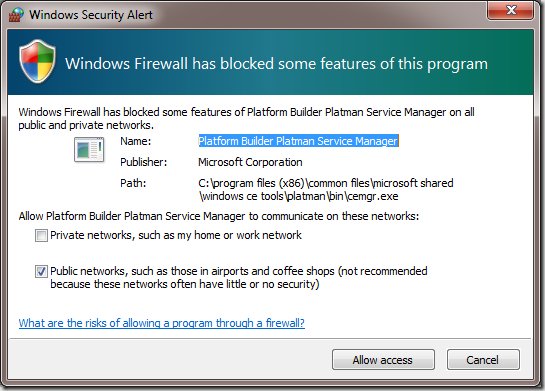


If you specify lpTimerFunc, the default window procedure calls it only when it processes WM_TIMER. Now, you might think that setting lpTimerFunc is a solution to this problem, but that is not the case. The main reason is that timer posts WM_TIMER messages to a message queue, and we can never be sure when this message will be processed. However, for more accurate time measurement (elapsed time less than 1 sec), these timers are hardly the solution. If we need to check our Inbox for new mail every half an hour, Win32 timers are all we want. Void CTimersDlg::OnTimer(UINT nIDEvent) // called every uElapse milliseconds To create a timer, we will use a Win32 function:Ĭopy Code void CTimersDlg::OnButtonBegin() The timer will send WM_TIMER messages until it is destroyed. We can process this message to call the code that we want to be executed in regular time intervals. After the timer is created, it sends WM_TIMER messages to the window message queue, or if no window was specified, to the application queue. How do Win32 timers work? First, we create a timer, specify its elapse time, and (optionally) attach it to a window. In some texts, these timers are called user timers because they are not kernel objects, unlike waitable and queue timers. I use the term Win32 timer in this article simply to make a distinction between them and other timers. When the term timer is used, it is almost always referred to this kind of timer. Windows is not a real-time operating system (except Windows CE) and it is not reasonable to expect timers to handle very small time intervals (10 ms, for instance). It is important to understand that the accuracy of timers is limited. Good candidates for using timers are applications which do not depend that much on users' actions, but rather on time flow. check every 200 milliseconds if the user entered some value into the edit box), is almost never a good idea. However, they can be easily misused: using timers for different kinds of polling (e.g. Timers are a useful feature offered to programmers by the OS.

It is up to us to specify what "something" is. It means that if we create a timer and specify a time interval of uElapse milliseconds, it will do "something" every uElapse milliseconds, until we destroy it. So called high-resolution timer based on functions QueryPerformanceFrequency and QueryPerformanceCounter will not be taken into account because it can be used only to measure time intervals, and not to fire events in regular time intervals.Īccording to MSDN, An application uses a timer to schedule an event for a window after a specified time has elapsed. I will try to make some general comparison between these solutions. First, we will see how to use the "standard" Win32 timers, then switch to multimedia timers, mention waitable timers and queue timers.

The goal of this article is to show the practical use of different kinds of timers.


 0 kommentar(er)
0 kommentar(er)
